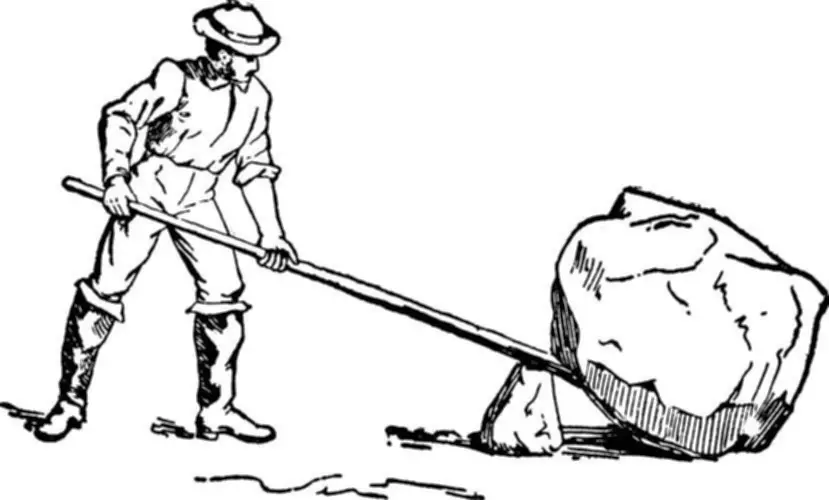Content

Peggy James is a CPA with over 9 years of experience in accounting and finance, including corporate, nonprofit, and personal finance environments. She most recently worked at Duke University and is the owner of Peggy James, CPA, PLLC, serving small businesses, nonprofits, solopreneurs, freelancers, and individuals. This might be in order to get rid of stock that is going out of date, or, to attract customers to purchase cheap goods. Whilst in the store, the idea is that they would also purchase other products that offer the firm a profit. John Monroe owns a privately owned business called Monroes Motorbikes. In his first year of business, he produces and sells 10 motorbikes for $100,000, which cost him $50,000 to make. In his second year, he goes on to produce and sell 15 motorbikes for $150,000, which cost $75,000 to make.

Remember that marginal cost, revenue and profit are always only approximations. The marginal revenue can also be found using calculus, from the derivative of the theoretical revenue function. Marginal costing is a key concept in managerial accounting that helps companies to optimize their production process and achieve economies of scale.
Why are total cost and average cost not on the same graph?
Going 1 to the right along the curving cost function itself shows you the exact increase in cost of producing one more item. The marginal cost of production helps you find the ideal production level for your business. You can also use it to find the balance between how fast you should produce and how much production is too low to help growth. Your marginal cost of production is $5.01 per unit for every unit over 500. In this example, it costs $0.01 more per unit to produce over 500 units. During production there are certain costs, such as rent, that are fixed. Other costs, such as the cost of materials are variable according to the quantity.
- To summarize, calculating marginal revenue is a financial exercise in determining whether a business can generate more revenue from selling additional units.
- Marginal cost is also beneficial in helping a company take on additional or custom orders.
- Imagine that Company A regularly produces 10 handcrafted tables at the cost of $2,000.
- Marginal profit looks specifically at the money that can be made on producing one additional unit; marginal profit accounts for the scale of production.
- However, this assumes that there is a customer willing to buy that widget at the offered price, which will not always be the case.
That 101st lawnmower will require an investment in new storage space, a marginal cost not incurred by any of the other recently manufactured goods. Marginal cost is strictly an internal reporting calculation that is not required for external financial reporting. Publicly-facing financial statements are not required to disclose marginal cost figures, and the calculations are simply used by internal management to devise strategies.
Making sense of marginal profit
However, it is necessary to look at how many more goods are sold between two points in order to calculate how this impacts on final profits. Marginal cost refers to the additional cost to produce each additional unit. Therefore, that is the marginal cost – the additional cost to produce one extra unit of output. In accounting and economics, the benefits of marginal costs may, theoretically, be infinite. In the real world, however, the benefits of economies of scale have to be balanced with the need to manage inventory.
The total cost per hat would then drop to $1.75 ($1 fixed cost per unit + $0.75 variable costs). In this situation, increasing production volume causes marginal costs to go down. To find marginal cost, first make a chart that shows your production costs and quantities. Create columns for units produced, fixed cost, variable cost, and total marginal cost formula cost. Do this by subtracting the cost for the lower quantity of units from the cost of the higher quantity of units. Next, find the change in total quantity by subtracting the higher quantity of units from the lower quantity. Finally, divide the change in total cost by the change in total quantity to calculate the marginal cost.
What is marginal cost?
Since fixed cost does not change in the short run, it has no effect on marginal cost. Short run marginal cost is the change in total cost when an additional output is produced in the short run and some costs are fixed. On the right side of the page, the short-run marginal cost forms a U-shape, with quantity on the x-axis and cost https://www.bookstime.com/ per unit on the y-axis. A small range of increasing marginal returns can be seen in the figure as a dip in the marginal cost curve before it starts rising. Variable costs are things that can change over time, such as costs for labor and raw materials. Below, we’ll examine critical concepts involving the use of marginal cost.


